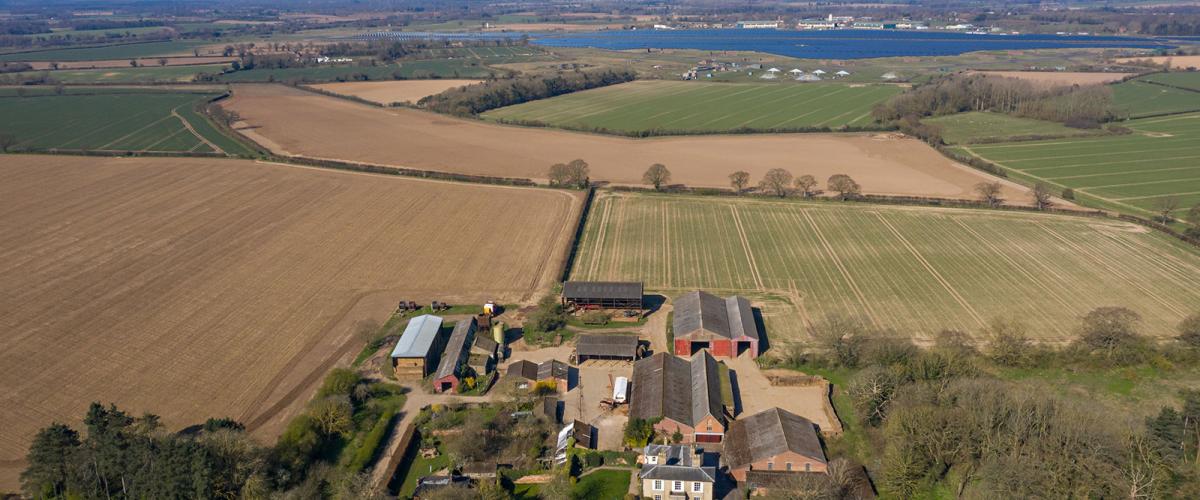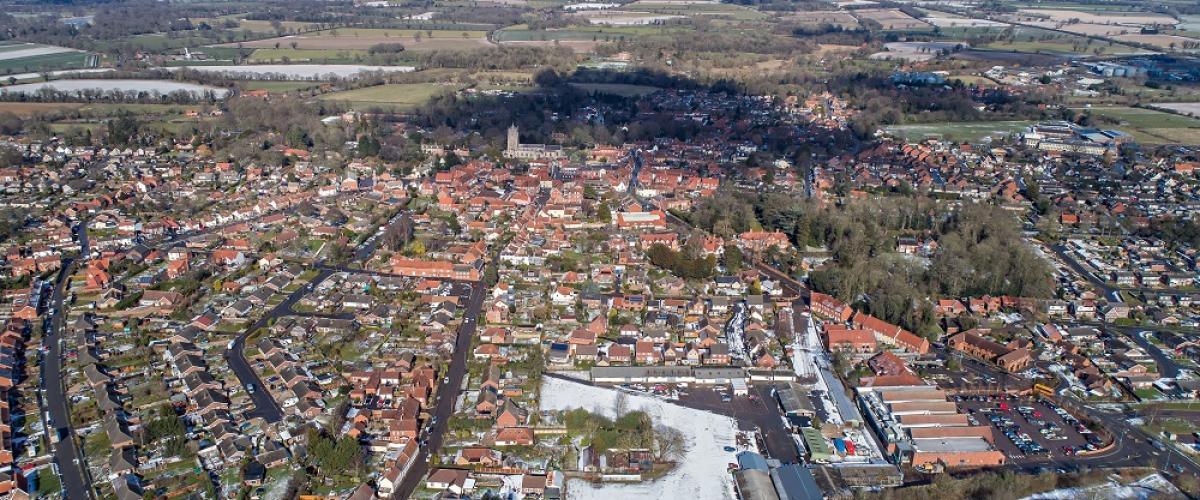Sector Review: The future of offices
 After several months of working from home being the norm, and with social distancing likely to be part of our lives for the foreseeable future, some commentators are predicting the death of the traditional office – or indeed of offices in general…we do not agree.
After several months of working from home being the norm, and with social distancing likely to be part of our lives for the foreseeable future, some commentators are predicting the death of the traditional office – or indeed of offices in general…we do not agree.
Whilst it’s true that the way that businesses use office space is likely to change, it is simply wrong to say that the office as a concept is dead in the water. Those of us who were glued to our screens on Zoom and Teams meetings during lockdown know only too well that there is no substitute for face-to-face human contact.
An interesting recent survey showed that 20 per cent of office workers were desperate to get back to their desks; another 20 per cent were desperate to embrace working from home permanently. The remaining 60 per cent are hoping for a new balance of working, going into the office as needed, but foregoing the commute and working at home at times as well.
In the last ten years, the average floor space per worker in offices has fallen from 125 sq ft to 103sq ft. Smaller desks and open plan layouts have led to a more efficient use of space. The pandemic and required social distancing has stopped this trend in its tracks.
But there will always be a need for staff to interact with each other face-to-face, something which aids creativity, collaboration and motivation. Video-conferencing is all very well for keeping in touch with existing networks, but is not conducive to building new working relationships.
At the same time, sceptical employers have seen that home-working can be effective, and that staff can be trusted to be just as diligent from their kitchen table as from their desk. So what does this mean for the future of the office, and for investors in office buildings?
Some employers may well need less space, but it will be higher quality, higher environmental credentials and more inspirational for staff, whilst others may not to allow for social distancing. Some organisations will see staff continuing to work from home and the office will become a place for collaboration.
Smaller firms may opt to rent additional meeting and collaboration space on an ad hoc basis as needed. Property owners and investors may need to be open to adapting their vacant space in order to create this kind of offer, complete with state-of-the-art technology and prestigious décor.
The investor needs to be aware of these trends, and to plan their investments accordingly. Large office buildings may need to be divided into smaller units, collaborative (socially distanced, at least for the foreseeable future) workspace will be in demand – and smaller but better quality will be the watchword. The office is not dead, following the Government directive to work from home where possible however, it is going to change significantly. But times of change offer opportunities for the savvy investor.




